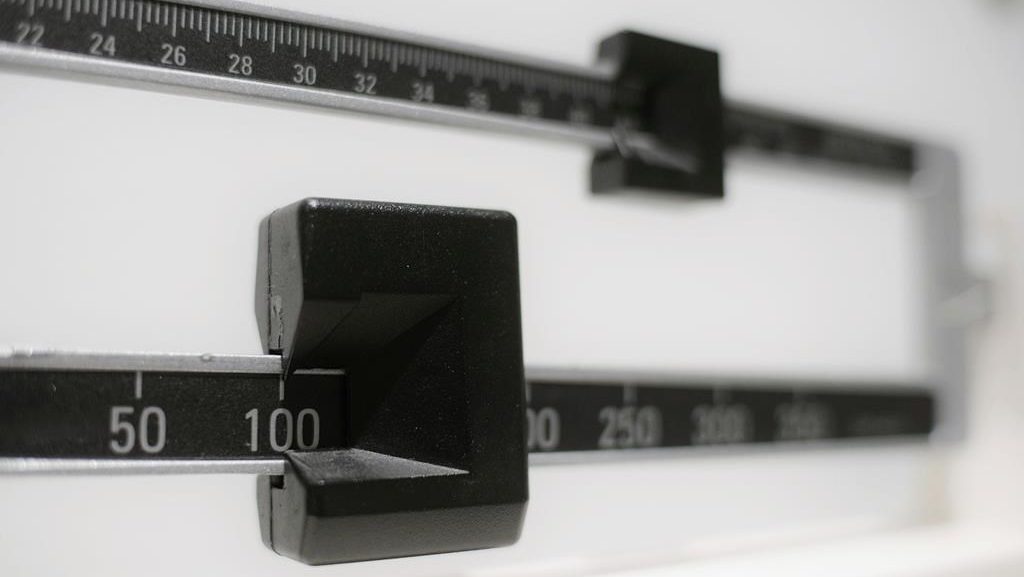Wind, solar generation quickly end fourth Alberta grid alert Monday

Posted January 15, 2024 10:14 am.
The Alberta Energy Systems Operator (AESO) issued another grid alert for the province Monday morning, the fourth in as many days, before it was promptly ended, with the operator chalking quick relief up to wind and solar generation.
In a post to ‘X’, formerly Twitter, around 8:12 a.m. Monday, AESO said the alert was being issued due to extreme cold, and “several power facility outages,” it was ended about an hour later.
An emergency alert from AESO and the province rattled the phones of most Albertans Saturday evening, warning of pressures on the electricity grid.
Albertans were asked to reduce their electricity usage to “essential needs only” in a bid to avoid rotating blackouts.
Alerts were also issued on Friday and Sunday.
Minister of Affordability and Utilities Nathan Neudorf says Albertans stepped up to the plate in the immediate aftermath of Saturday’s alert.
“Immediately upon the alert going out, we saw a significant drop in load by everybody turning off excess lights, doing what they could,” he said. “So proud of Albertans, and also very thankful to Saskatchewan ramping up what they could share with us to the maximum capacity — every little bit helps.”
Watch: Alberta sets all-time record for power consumption

AESO asks Albertans to conserve energy during these alerts, especially during peak hours of 4 p.m. to 7 p.m.
“It’s life and death in the winter, the temperatures we have now — if someone is without power, without heat for an hour or two — that’s scary and that’s extremely dangerous, we really don’t want to get to that situation,” Neudorf said.
Ways to save power include turning off unnecessary lights and electrical appliances, minimizing the use of air conditions and space heaters, delaying the use of major energy-using appliances like washers, dryers, and dishwashers until after peak hours, washing laundry in cold water, delaying charging electric vehicles and/or plugging in block heaters, cooking with a microwave, crockpot or toaster instead of the stove, and more.
Many Albertans appear to have some mixed feelings about what happened; online there were lots of questions as to why downtown office spaces stayed completely lit up while asking why Alberta has such a huge lack of supply in the first place.
“We were close enough in our protocols — I think that’s somewhere within 100 megawatts — that a significant event one way or the other could have pushed us over,” Neudorf explained.
Premier Danielle Smith and Saskatchewan Premier Scott Moe have used the close call as ammo against the feds.
In posts online, the provincial leaders both used the grid alert as reasons to avoid Ottawa’s target for a net-zero electricity grid by 2035.
As the province begins to move from the coldest temperatures seen in decades, many experts are saying this is the time to talk about making sure Alberta’s system is more reliable, and to prevent more close calls in the future.
The forecast is set to warm up in Calgary, though as of Monday morning, an extreme cold warning was still in place from Environment and Climate Change Canada (ECCC).
Monday will see a high of – 11°C after a bitter morning of -40°C, Tuesday has a forecasted high of -7°C, but the wind chill will make it feel more like -16°C, and Wednesday could see snow and a high of -18°C.








